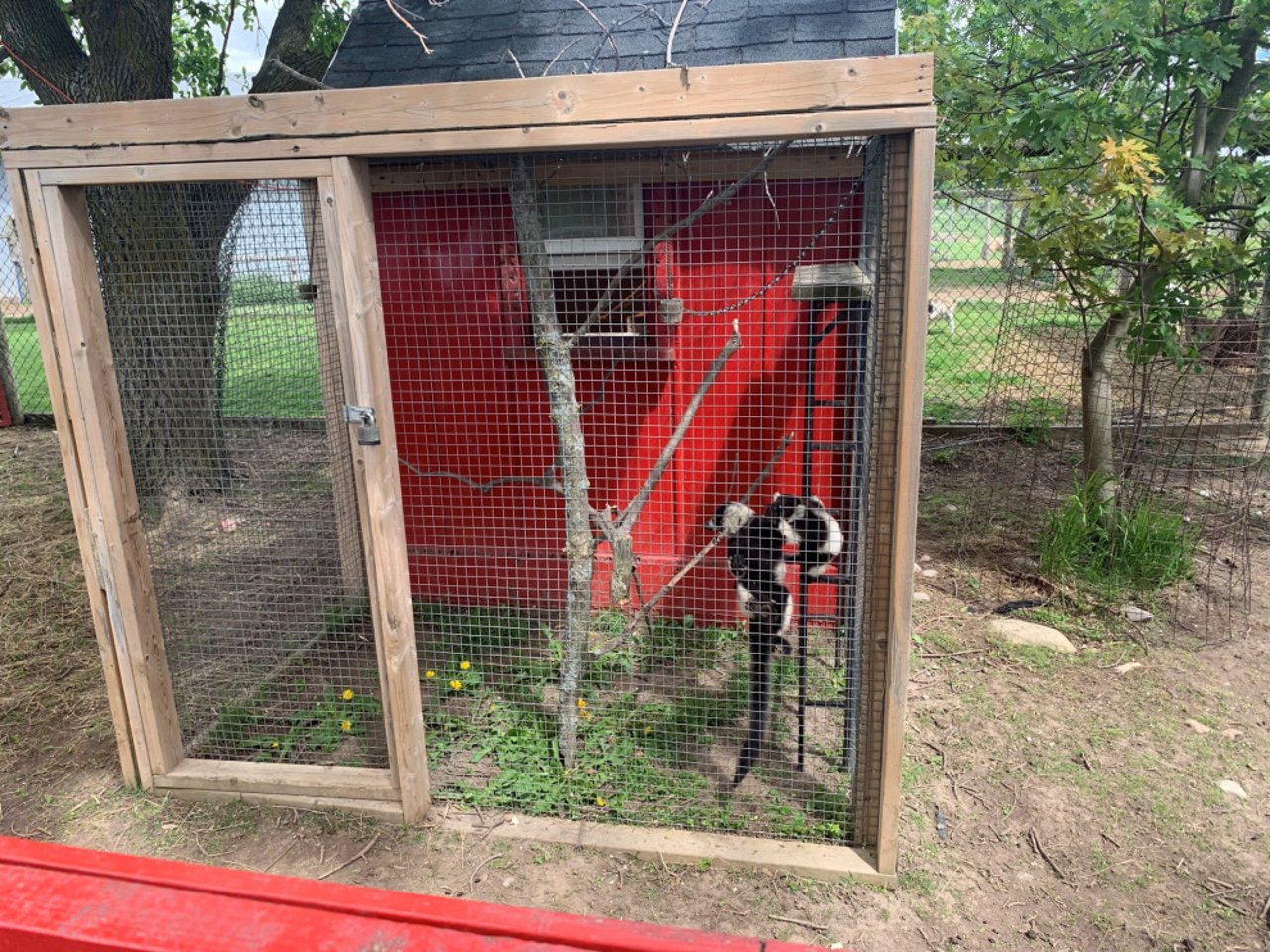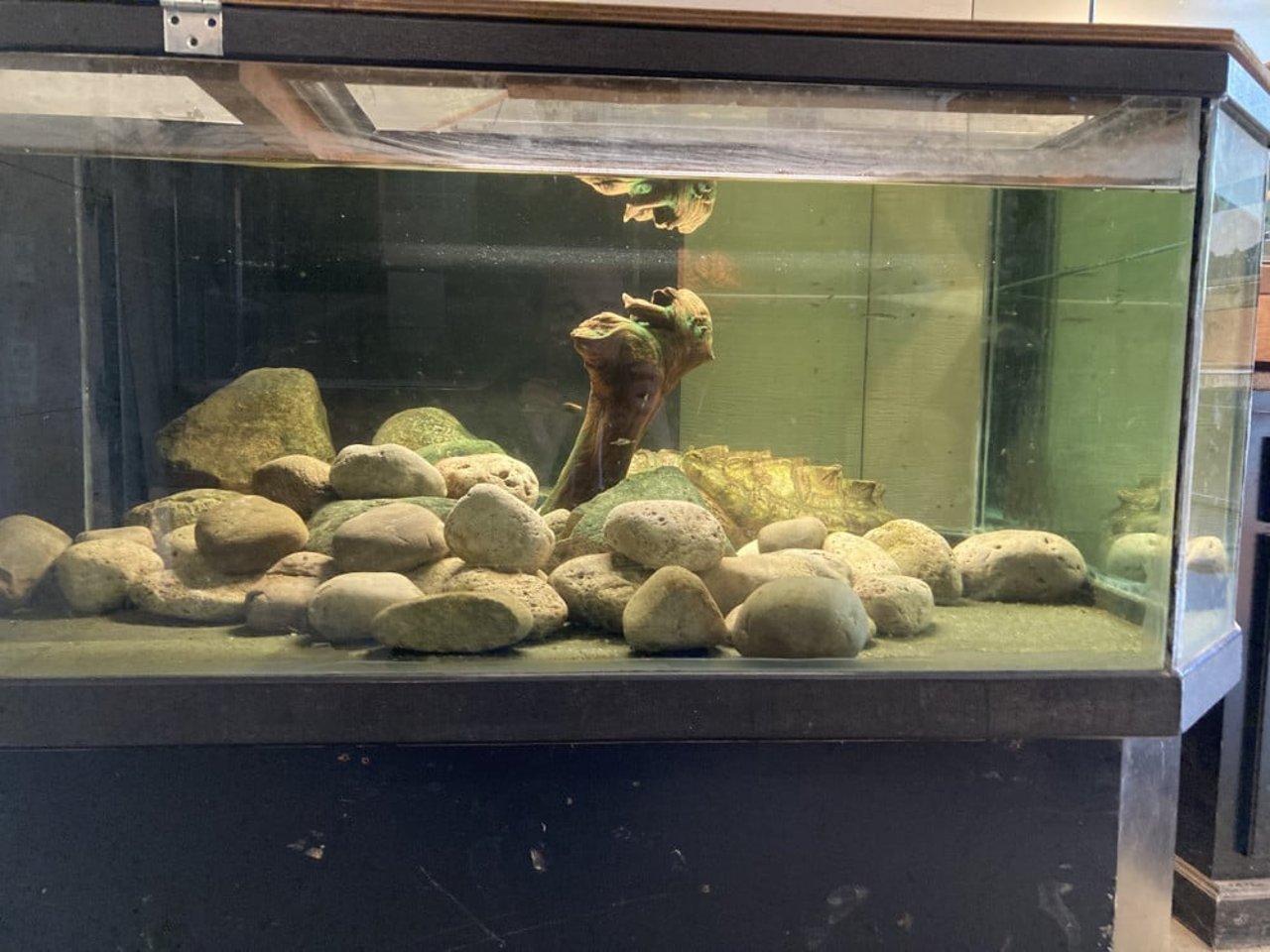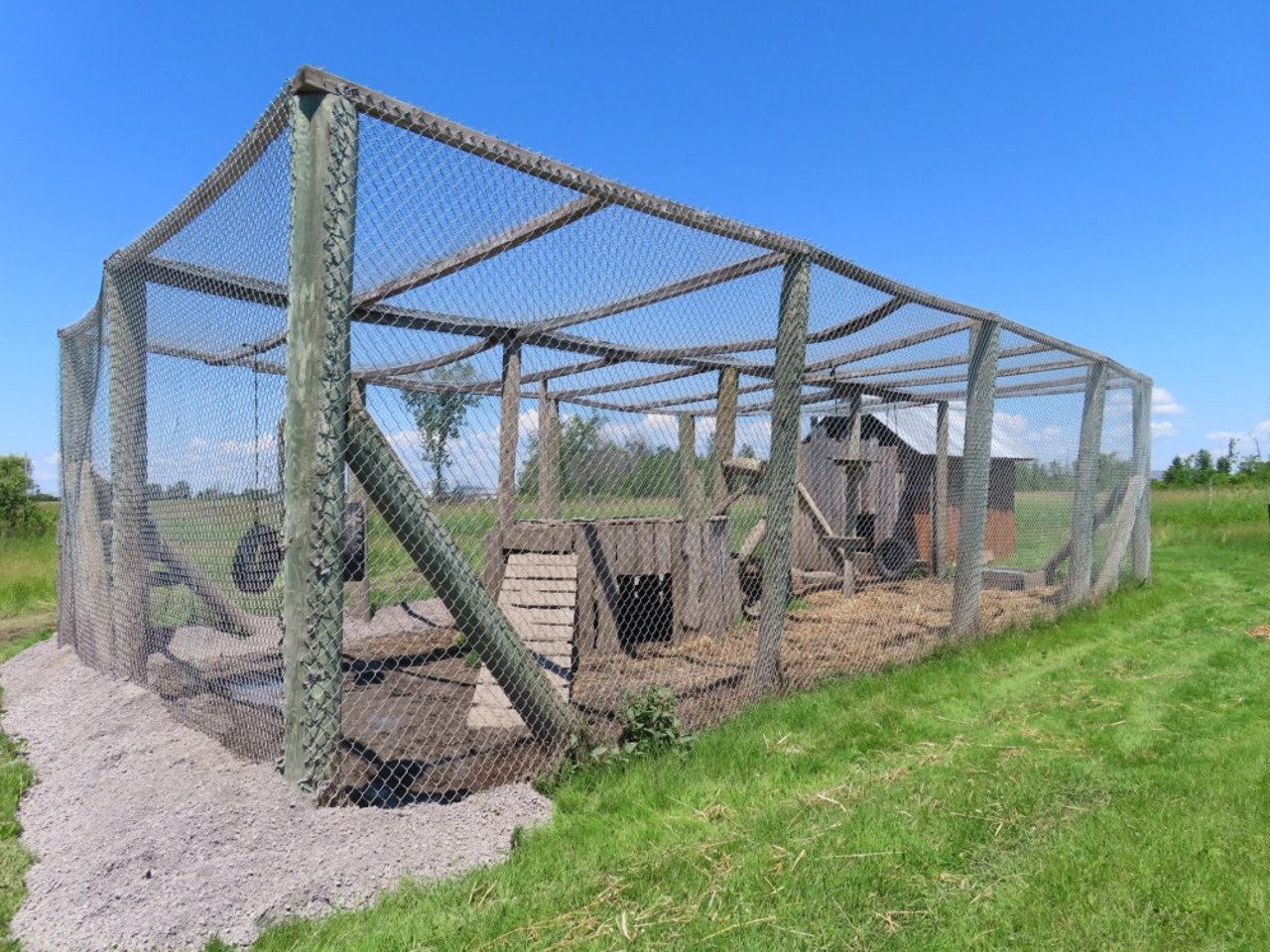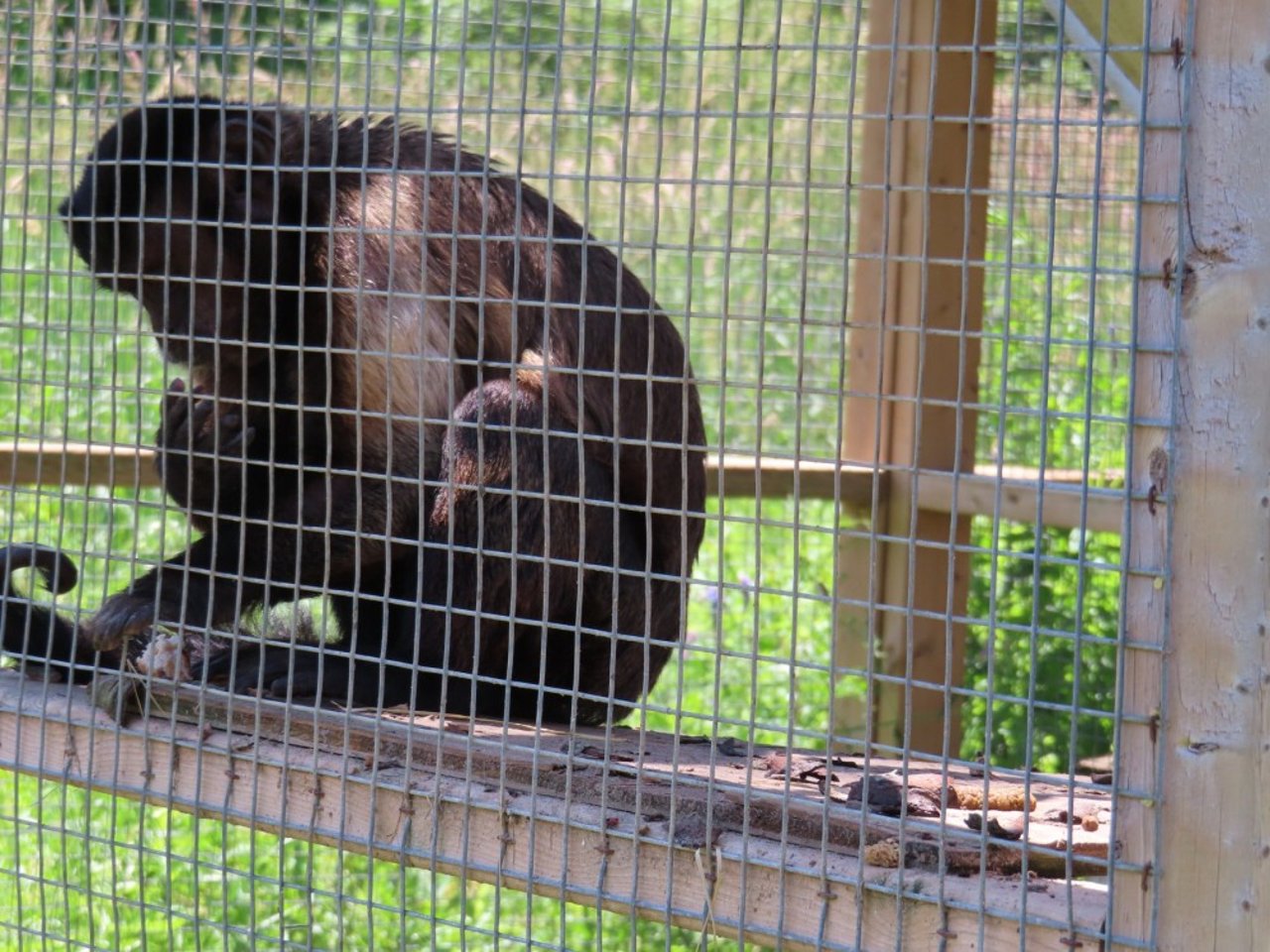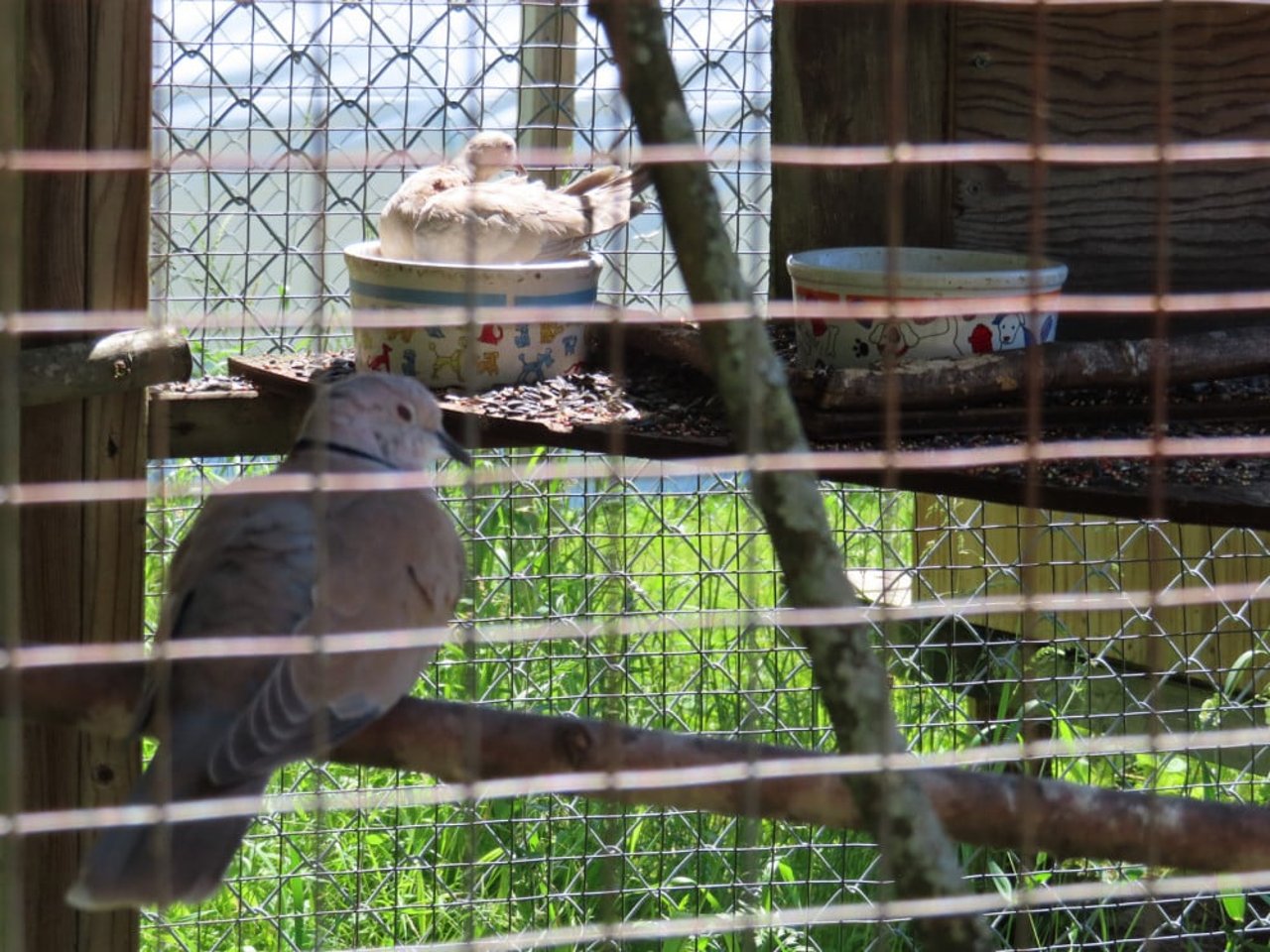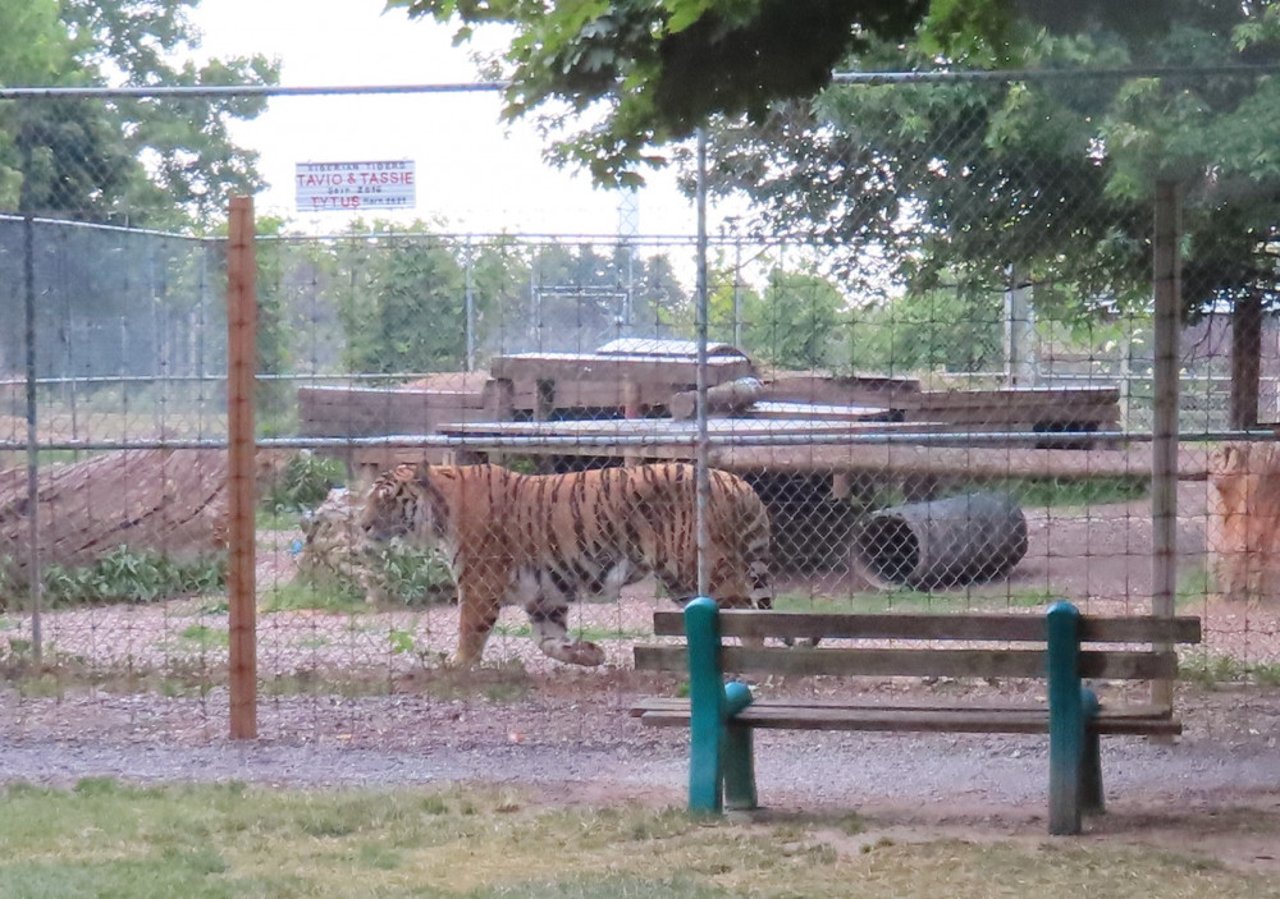
New report highlights the inhumane conditions of roadside zoos
News
Inadequate regulations are failing captive wild animals in Ontario.
We recently released a report “Nothing new at the zoo”, highlighting how current provincial regulations are failing to protect thousands of captive wild animals across Ontario.
Our experienced animal welfare experts visited 11 zoos, wildlife displays, and zoo-type exhibits housing wild animals across Ontario to research compliance in regulations.
Although the province has Standards of Care regulations in place for these facilities, our research found that these roadside zoos seemingly fail to comply with numerous provisions in these regulations, leaving animals living in degrading and heartbreaking conditions.
Not only can the lack of compliance lead to severe animal suffering, but it can also have a massive impact on public health and safety.
For the sake of the animals and humans alike, the province must pass a mandatory zoo licensing system based on the highest animal welfare and public safety standards.
How have roadside zoos failed to meet provincial standards?
Failing to provide sufficient space for the animals
While provincial regulations require animals are provided with sufficient space needed to engage in their natural behaviours, there is overwhelming evidence that animals are being kept in disturbingly small spaces.
Black-and-white ruffed lemurs in a tiny cage
We saw black-and-white ruffed lemurs in a space that severely restricts them from moving naturally, such as running, leaping, and jumping from branch to branch. The space also lacked genuine enrichment for the lemurs, and no privacy measures were provided to allow them to hide from visitors.
Sadly, this is just one of the many examples. The majority of the enclosures we witnessed severely limited the animal’s ability to engage in and display natural behaviours like swimming, flying, climbing, and running.
Failing to provide adequate enrichment for the animals
Providing enrichment is an essential part of ensuring positive animal welfare. Enrichment can include anything that stimulates and encourages natural behaviours, such as providing materials for animals to forage and dig in, or novel food items that encourage manipulation and play.
Yet, sadly, it was common throughout the visited zoos that there was a lack of enrichment items, or meaningful enrichment furnishings.
An alligator snapping turtle in an enclosure with little enrichment
For example, in the wild, alligator snapping turtles live in deep waterbodies, like swamps and rivers, and they use their muddy environment as camouflage for hunting and safety. Yet, the housing of this turtle at this zoo bears little resemblance of their natural habitats. The provided furnishings are of little relevance to the animal and there are no areas where the turtle could seek shelter from the view of visitors. There was nothing in the enclosure resembling the complex environments these turtles come from or to stimulate natural behaviours.
These issues were once again noted in many enclosures throughout the examined zoos.
Failing to provide adequate shelter for the animals
As we all know, Canadian winters can be extremely cold. Yet many of the animals at these facilities are exotic and may not be acclimatized to these cold conditions. Despite this, many of the zoos did not seem to provide adequate shelter to keep these animals comfortable year-round.
Lions in an enclosure with little shade or shelter from the elements
This isn’t necessarily only an issue for winter weather. During a hot day, animals would need access to shade and shelter as well. As seen in the picture, there is little shade or shelter provided in this enclosure. The lions are only able to seek shelter under the wooden structure or in their sleeping box. The roof of the enclosure is completely open and doesn’t provide any shade or shelter from other elements.
The lack of shelter also means the animals cannot ever hide from the view of the public. In many cases, not enough shelter options were provided to reflect the number of animals in the enclosure which can result in stress and conflict when animals have to compete or share the same space.
Failing to house social animals appropriately
Many animals are known to be social and live their lives in groups. Animals like parrots, monkeys, and lions psychologically and behaviourally depend on social interaction. However, we witnessed many social species, such as primates and birds, being kept in solitary confinement or in unnatural social groups across zoos.
A capuchin monkey housed all alone
We saw a Capuchin monkey, known to live in groups of up to 35 animals in the wild, being housed completely alone. This can have devastating impacts on their mental health and wellbeing.
Failing to maintain a sanitary environment
Keeping the environment clean is not only necessary for the health of the animal, but also crucial in safeguarding human health.
When animals are kept in enclosed conditions there is a higher risk of pathogen buildup because of the proximity of the areas where they eat, sleep, and defecate. Additionally, animals that are stressed due to living in enclosed environments can have compromised immune systems increasing the risk of contracting and transmitting diseases to other species, including humans.
A build up of food waste and bird droppings clearly visible in the enclosure
As seen in the zoo pictured, build-up of food and bird droppings is clearly visible. Birds are known carriers of many zoonotic diseases and diseases have been passed on from wild living birds to captive wild birds.
Failing to address human health and safety concerns
Most of the animals kept at zoos, whether born in the wild or in captivity, are wild animals. They can often pose a severe danger to staff, the public, or in the event of an escape, to nearby communities. Multiple safety measures are necessary to prevent animals from escaping. However, at some of these roadside zoos the safety measures were lacking. We have seen tigers kept behind fences that are far too low and lions kept behind flimsy fences. These enclosures do not consider or acknowledge the physical capabilities of these powerful animals.
A tiger in an enclosure with a dangerously short fence
The fence separating the tiger from the public is estimated to be 3 meters. Tigers have known to clear fences higher than 4 meters and professional zoo standards call for fences to be at least 4.8 meters high, including additional safety measures at the top of the fence. This enclosure is unsafe and puts humans at risk.
Roadside zoos are failing these animals with inadequate enclosures, a lack of shelter, unsanitary environments, a disturbing lack of enrichment, and a disregard for animal and human safety.
Captive wild animals deserve better.
Help put an end to roadside zoos in Ontario
Based on our investigation and findings, we have submitted complaints to the Provincial Animal Welfare Services Inspectorate and have shared our findings with the Ministry of the Solicitor General.
Please join us and speak out for the captive wild animals in Ontario.
Send an email to Ontario’s new Solicitor General, urging him to implement a mandatory provincial zoo licensing system that prioritizes the highest animal welfare standards and public health and safety.
